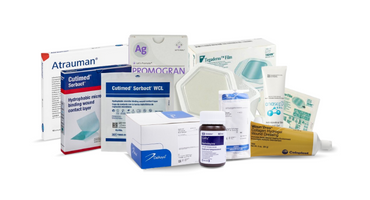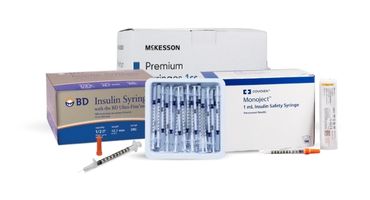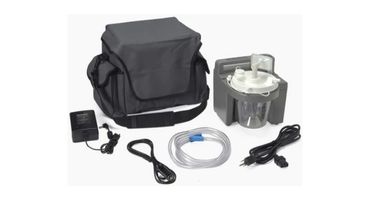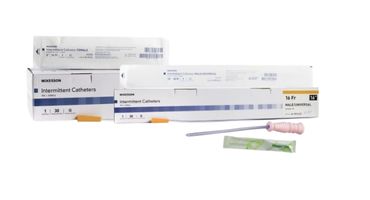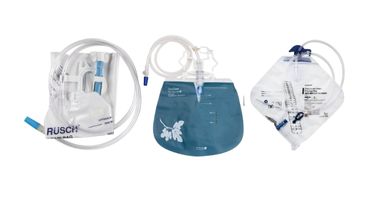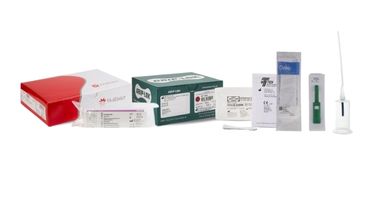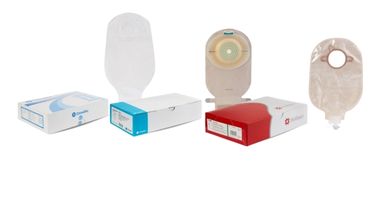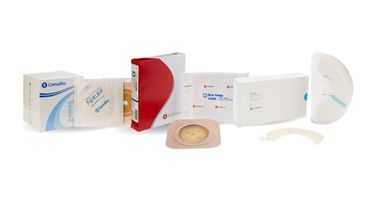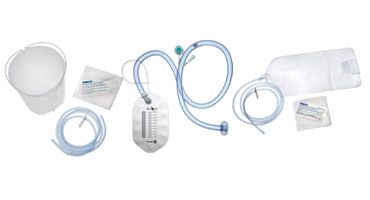Medical equipment plays a vital role in health and recovery—so knowing when to replace it is crucial. Over time, even the best-quality products can wear out, become less effective, or pose safety risks. Here’s how to know when it’s time for an upgrade.
1. Check Manufacturer Guidelines
Every piece of equipment—whether it’s a walker, nebulizer, or blood pressure monitor—comes with a recommended lifespan. Refer to the manufacturer’s instructions or warranty to understand how long your device is expected to last.
2. Look for Visible Wear and Tear
Signs like cracks, frayed cords, rust, or broken parts are red flags. If your cane’s rubber tip is worn down, or the wheels on your wheelchair don’t roll smoothly, it’s time for a replacement or repair.
3. Declining Performance
If your device isn’t working as well as it used to—like inconsistent readings from a thermometer or a blood pressure cuff that deflates too quickly—it may no longer be reliable. Faulty equipment can lead to mismanagement of health conditions.
4. Outdated Technology
Medical technology evolves quickly. If your device is more than a few years old, check to see if there are newer models with better accuracy, comfort, or features. Sometimes upgrading can improve both care and convenience.
5. Battery or Power Issues
If rechargeable equipment won’t hold a charge or plug-in devices flicker or fail, it may be time to replace them—especially if new batteries or power cords don’t solve the problem.
6. Frequent Repairs or Malfunctions
If you find yourself fixing the same piece of equipment over and over, replacing it could save time, money, and frustration in the long run.
Bonus Tip: Keep a log of purchase dates and maintenance for larger or frequently used equipment. This helps track age and performance so you’re not caught off guard when something stops working.
Final Thought:
Replacing medical equipment isn’t just about function—it’s about safety. Regular checks and timely upgrades ensure that your equipment continues to support your health without compromise.
Not sure if it’s time to replace your equipment? Medsitis can help. We offer trusted guidance, up-to-date product options, and personalized support to keep your home healthcare safe and effective.
👉 Contact us today or explore our equipment solutions to stay one step ahead of wear and tear.

